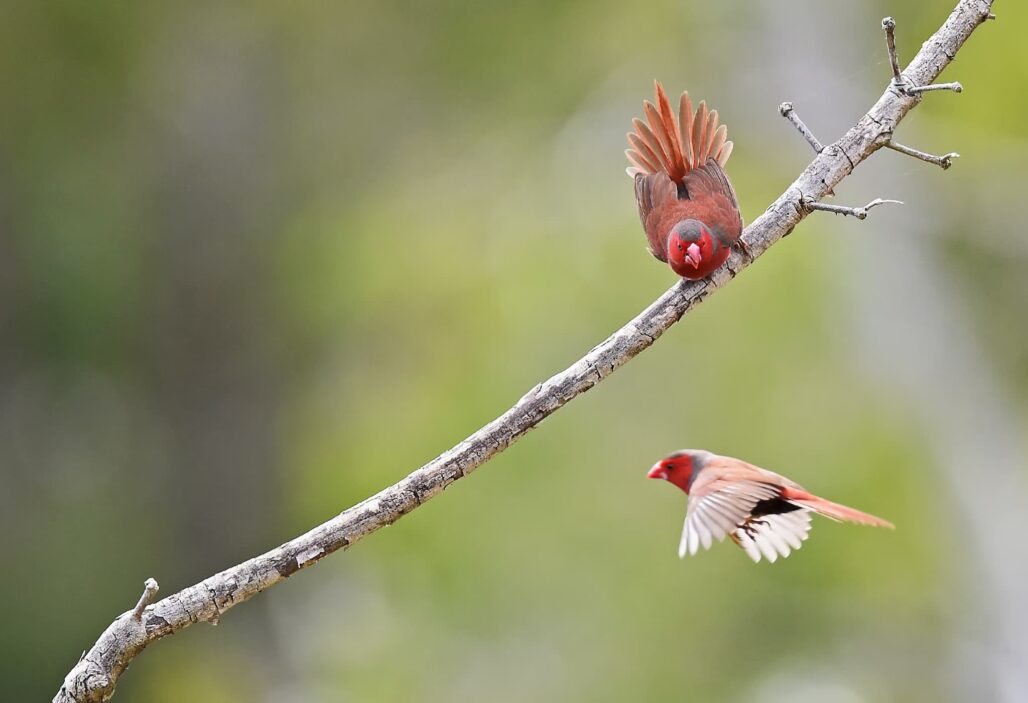Bluffing is not exclusive to the world of high-stakes poker games; it is a survival mechanism used throughout the animal kingdom, particularly by birds. In the wild, deception can mean the difference between life and death, allowing birds to outsmart predators, competitors, and even potential mates. Just like a skilled poker player who strategically misleads their opponents, birds have evolved a range of deceptive tactics to manipulate their surroundings and gain an advantage. From feigning injury to distract predators to mimicking other species for protection, birds employ sophisticated bluffs that parallel the art of poker strategy. This article explores the fascinating ways birds use deception and how their tactics mirror the mind games seen in competitive gambling.
The Art of Bluffing: Birds and Poker Players Alike
In poker, bluffing is an essential skill used to mislead opponents into making the wrong decisions. Players might raise a weak hand to create the illusion of strength or conceal a winning hand to lure opponents into betting more. The key to a successful bluff lies in confidence, timing, and reading the reactions of others. Similarly, birds use bluffing as a tool for survival and dominance, tricking predators, rivals, and sometimes even their own kind.
One classic example of bird bluffing is the killdeer (Charadrius vociferus). This small shorebird performs an elaborate act of deception when its nest is threatened. If a predator approaches, the killdeer will feign a broken wing, dragging itself along the ground and making distress calls to lure the predator away. Once the danger is far enough from the nest, the killdeer miraculously “recovers” and flies away, leaving the predator confused and empty-handed. This tactic mirrors the strategic bluff of a poker player who pretends to be vulnerable to manipulate their opponents’ actions.
Another master of bluffing in the bird world is the Eurasian jay (Garrulus glandarius), a member of the corvid family known for its intelligence. When storing food for the winter, jays are aware that other birds might be watching, waiting for an opportunity to steal their stash. If a jay senses it is being observed, it will pretend to hide food in one spot while secretly placing it somewhere else. This misdirection is akin to a poker player using a false tell to mislead their opponents, gaining an advantage through psychological manipulation.
Deception for Survival: How Birds Trick Predators
For many bird species, bluffing is a matter of life and death. Some birds have evolved elaborate visual and vocal tactics to deter predators and increase their chances of survival. The potoo (Nyctibius), a nocturnal bird found in Central and South America, relies on an extreme form of deception—perfect camouflage. When perched on a tree, a potoo remains completely motionless with its beak pointed upwards, mimicking a broken branch. This disguise is so effective that predators often overlook them, allowing the bird to avoid conflict without direct confrontation.
Similarly, the burrowing owl (Athene cunicularia) has developed a remarkable vocal bluff. When threatened in its underground nest, the owl emits a hiss that closely resembles the warning rattle of a venomous snake. This startling sound is often enough to deter potential threats, convincing them that attacking the burrow is not worth the risk. This type of deception can be compared to a poker player using a sudden aggressive bet to intimidate opponents, forcing them to fold rather than take an unnecessary risk.
Beyond their deceptive behaviours, birds also share another similarity with poker players—the ability to take calculated risks. While bluffing in nature carries potential rewards, it also comes with consequences if the deception is exposed. In a game of poker, a well-executed bluff can lead to a significant payout, but if an opponent calls the bluff, the player stands to lose. This high-risk, high-reward dynamic is evident in nature, where failed bluffs can result in lost resources, wasted energy, or even fatal encounters. For those looking to explore calculated risks in a different setting, platforms like https://playfortuneforfun.com/casino/play-fortuna/ provide a chance to test poker strategies and risk-taking skills without financial commitments.
Mimicry and Imitation: Bluffing for Protection

Some birds take bluffing to another level through mimicry, imitating the appearance or sounds of other species to gain an advantage. The fork-tailed drongo (Dicrurus adsimilis) of Africa is famous for its ability to mimic the alarm calls of multiple bird species. By doing so, it can scare away competitors and steal food without having to fight for it. This deception is so effective that other animals, including meerkats, have fallen victim to the drongo’s false warnings.
Mimicry as a bluffing tactic is not limited to vocalizations. The hawk-cuckoo (Hierococcyx) has evolved plumage that closely resembles that of a small hawk. This visual deception allows it to avoid predation by making other birds believe they are in the presence of a dangerous raptor. Similarly, in the gambling world, experienced players often use calculated image shifts—appearing aggressive or passive at different moments—to mislead their opponents and maintain control over the game. Those who enjoy studying poker strategy and gameplay can find insights and in-depth reviews at casino Play Fortuna, a platform offering detailed information on gaming tactics and opportunities.
Conclusion
Bluffing is a universal strategy that transcends both nature and human psychology. In the wild, birds have developed remarkable deceptive tactics to protect themselves, secure food, and establish dominance—much like poker players use bluffs to outplay their opponents. From feigning injuries to misleading rivals through mimicry, birds demonstrate an extraordinary ability to manipulate their environment to their advantage. The parallels between bird deception and poker strategy reveal the deep-rooted importance of psychological tactics in both survival and competition. Whether in the forests or at the poker table, those who master the art of deception often hold the winning hand.
